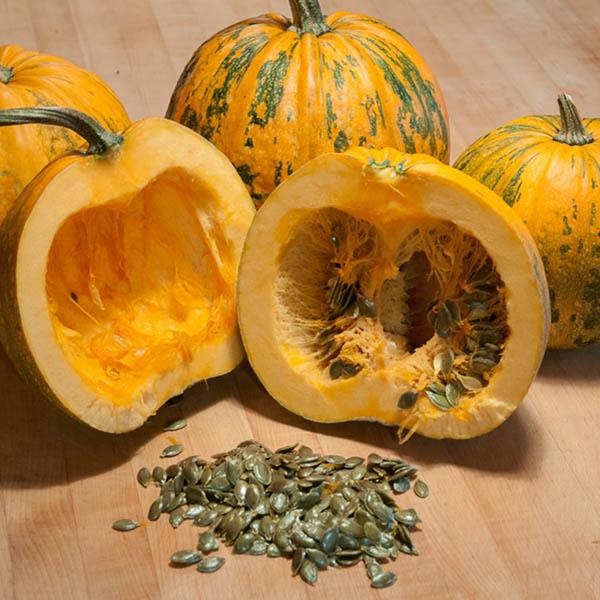As you can see, all of the plants are gone! Everything has been pulled up except for the, the irrigation lines have been removed and the perennials are dying back as they slowly transfer their energy from their shoots to their roots for the winter. pulling out the dead material Soon it will be time to put hay over the perennials to prevent frost damage so they will be ready to grow come spring. Of course having bare soil all winter long is not a good idea, so Torin has seeded the terraces with a winter cover crop! Cover cropping this area is an excellent idea because it is such a new area to farming, the cover crop will lock nutrients into the soil that other wise may leech out over the winter, and will provide a structure to the soil that will keep it from blowing away in harsh winds or breaking down over time. This year we are using a combination of crimson clover, a rye, and a vetch in order to fix nitrogen, create a hefty mulch for the spring and build up the soil structure.
As you can see in the photos above, the cover crop is just starting to peek out of the soil! it hasn't gotten too cold yet so hopefully we will see a nice cover by the time full on winter sets in!
After we walked through the terraces to check out the cover crop, we headed up to the lab for the majority of our class to talk about and work on our final projects! Our final project is all about identifying plants and bugs that are commonly found on the farm. We have spent all summer and much of our fall on the farm keeping our eyes peeled for interesting bugs and weeds, and now it is time to put everything together! Rebecca and Mike brought us up to the lab and showed us where all of the supplies for our pinning and taping were and gave us the rest of the class to have at it!
Here you see Kirsten taping her plants to paper so that each sample is neatly displayed for examination and identification. Kirsten is also one of the students that decided to get the project done earlier rather than later and is almost done!
Here we see Lindsay and Hazel pinning their insect samples into the perfect positions so that they can dry in spread out forms that are easy to examine. Each bug must be spread out and pinned and then left to dry out in the correct position before being placed into the final shoe box that will be handed in. Lindsay is still working on the initial pinning process but hazel has already moved on to the final pin into the shoe box! This process of pinning, drying, identifying, labeling, and pinning again takes quite a long time, but the end result can be quite impressive as we see in the finished shoe boxes of other students.

This is the second last week of classes and even though everyone is feeling the stress of the final crunch to end of semester, we all manage to smile and laugh as we slowly work through this project. Only in agriculture so we see people smiling and laughing while surrounded by bugs.










